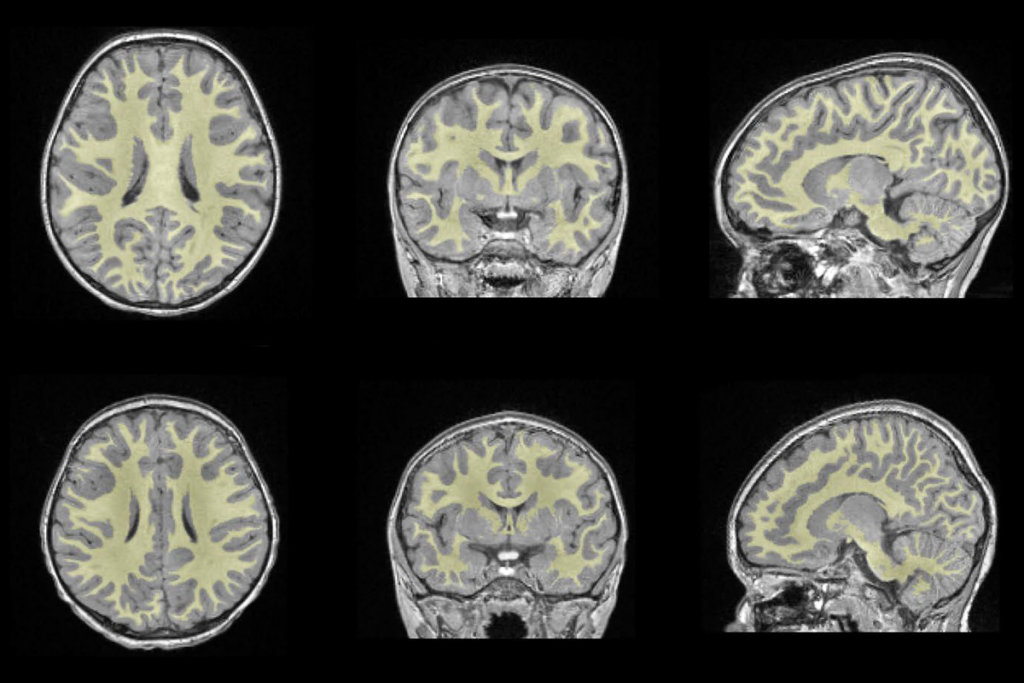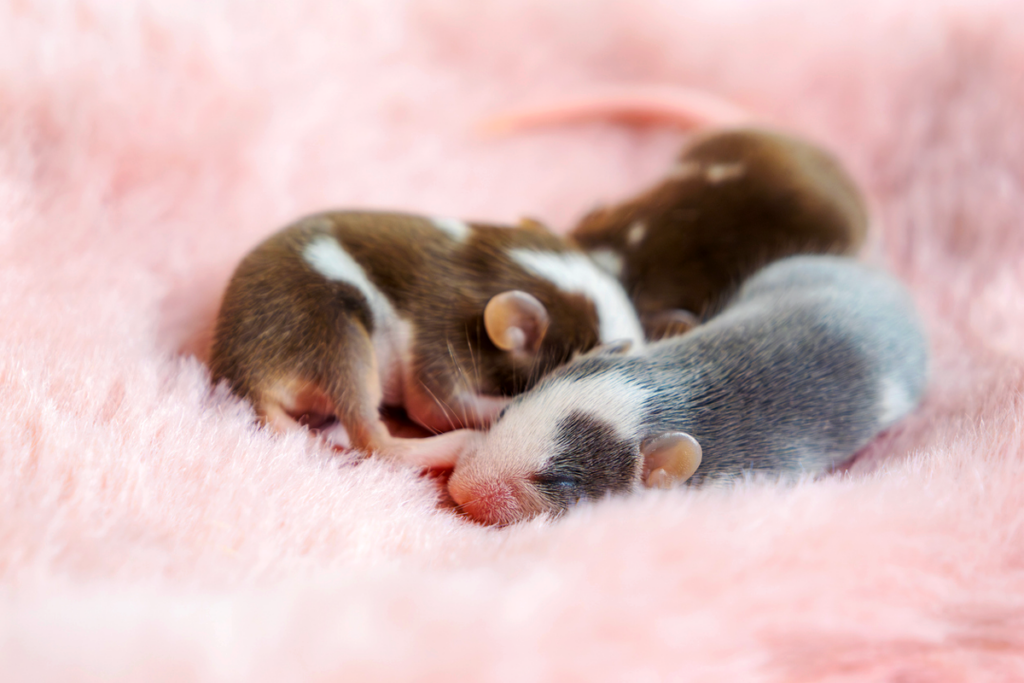Dup15q 2013
Recent articles
Duplication of chromosome 15 region mirrors autism
People with autism and those with duplications of the 15q11-13 chromosomal region share a distinctive pattern of gene expression in the brain, according to unpublished research presented Friday at the Dup15q Alliance Scientific Meeting in Sacramento, California.

Duplication of chromosome 15 region mirrors autism
People with autism and those with duplications of the 15q11-13 chromosomal region share a distinctive pattern of gene expression in the brain, according to unpublished research presented Friday at the Dup15q Alliance Scientific Meeting in Sacramento, California.
Gene expression in neurons may not match number of copies
Neurons derived from individuals who carry extra copies of an autism-linked chromosomal region have gene expression patterns that are unexpectedly similar to those of neurons with deletions of the region. The unpublished findings were presented Thursday at the Dup15q Alliance Scientific Meeting in Sacramento, California.

Gene expression in neurons may not match number of copies
Neurons derived from individuals who carry extra copies of an autism-linked chromosomal region have gene expression patterns that are unexpectedly similar to those of neurons with deletions of the region. The unpublished findings were presented Thursday at the Dup15q Alliance Scientific Meeting in Sacramento, California.
Mouse model hints at autism gene’s role in nucleus
Mice that express elevated levels of an autism-linked gene in the nucleus of neurons show social and communication problems, according to unpublished research presented Thursday at the Dup15q Alliance Scientific Meeting in Sacramento, California.

Mouse model hints at autism gene’s role in nucleus
Mice that express elevated levels of an autism-linked gene in the nucleus of neurons show social and communication problems, according to unpublished research presented Thursday at the Dup15q Alliance Scientific Meeting in Sacramento, California.
Explore more from The Transmitter
David Krakauer reflects on the foundations and future of complexity science
In his book “The Complex World,” Krakauer explores how complexity science developed, from its early roots to the four pillars that now define it—entropy, evolution, dynamics and computation.
David Krakauer reflects on the foundations and future of complexity science
In his book “The Complex World,” Krakauer explores how complexity science developed, from its early roots to the four pillars that now define it—entropy, evolution, dynamics and computation.
White-matter changes; lipids and neuronal migration; dementia
Here is a roundup of autism-related news and research spotted around the web for the week of 13 January.

White-matter changes; lipids and neuronal migration; dementia
Here is a roundup of autism-related news and research spotted around the web for the week of 13 January.
Fleeting sleep interruptions may help brain reset
Brief, seconds-long microarousals during deep sleep “ride on the wave” of locus coeruleus activity in mice and correlate with periods of waste clearing and memory consolidation, new research suggests.

Fleeting sleep interruptions may help brain reset
Brief, seconds-long microarousals during deep sleep “ride on the wave” of locus coeruleus activity in mice and correlate with periods of waste clearing and memory consolidation, new research suggests.